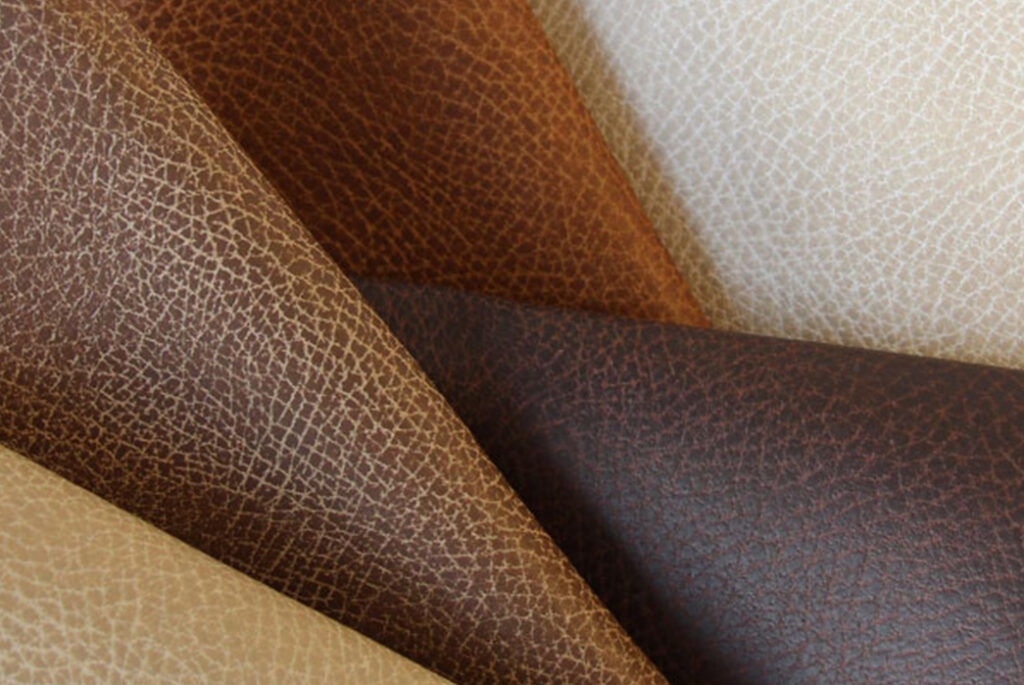
As the fashion industry becomes increasingly conscious of its environmental footprint, sustainable synthetic leather is emerging as a game-changer. Unlike traditional leather, which involves significant ethical and environmental concerns, synthetic leather offers a cruelty-free and eco-friendly alternative. But it doesn’t stop there. The future of sustainable synthetic leather lies in innovation—where materials are not only designed to look and feel like genuine leather but also to minimize the environmental impact at every stage of their lifecycle.
The global synthetic leather market is projected to reach a value of USD 50.01 billion by 2033, growing at a CAGR of 6% from 2023 to 2033.
The Sustainable Alternative: Recyclable Synthetic Leather
One of the most promising advancements in this field is recyclable synthetic leather. This innovation goes beyond mere imitation of traditional leather, focusing instead on creating a circular economy within the fashion industry. Recyclable synthetic leather is made from biodegradable or easily recyclable materials, ensuring that it doesn’t contribute to landfill waste at the end of its life. Moreover, these materials often come from renewable resources, further reducing the carbon footprint associated with their production.
This shift towards recyclable synthetic leather is a significant step forward in the quest for sustainable fashion. Brands that adopt these materials are not just appealing to eco-conscious consumers but are also setting new standards for responsibility in the industry.
Surging Demand for Synthetic Leather
The demand for synthetic leather has been skyrocketing in recent years, driven by a combination of ethical concerns and technological advancements. Consumers are increasingly rejecting animal-based products, leading to a surge in the popularity of vegan and cruelty-free alternatives. Synthetic leather, particularly the sustainable variants, is perfectly positioned to meet this demand.
Fashion brands and manufacturers are responding to this shift by investing heavily in synthetic leather production. This is not just about keeping up with consumer trends but also about future-proofing their businesses against the growing regulations and societal pressures to adopt sustainable practices. The versatility, durability, and cost-effectiveness of synthetic leather make it an attractive option for various industries, including fashion, automotive, and furniture.
Challenges on the Path to Sustainability
Despite the clear advantages, the transition to sustainable synthetic leather is not without its challenges. One of the primary hurdles is the misconception that all synthetic leathers are inherently eco-friendly. In reality, many synthetic leathers are still made from petroleum-based plastics, which can have a significant environmental impact. The challenge lies in educating both consumers and manufacturers about the importance of choosing truly sustainable options.
Additionally, while recyclable synthetic leather is a promising innovation, the infrastructure for recycling these materials is still in its infancy. Developing effective recycling systems that can handle the unique properties of synthetic leather will be crucial in ensuring that these products truly contribute to a circular economy.
Moreover, achieving the perfect balance between sustainability, quality, and cost remains a challenge. Sustainable synthetic leather must not only meet the aesthetic and functional expectations of traditional leather but also do so at a competitive price point. This requires ongoing research and development to improve the materials and manufacturing processes involved.
Conclusion: A Bright Future for Sustainable Synthetic Leather
The future of synthetic leather is undeniably tied to sustainability. As consumers continue to prioritize eco-friendly and ethical products, the demand for sustainable synthetic leather will only grow. Recyclable synthetic leather represents a significant step forward, offering a viable alternative that aligns with the principles of a circular economy. However, overcoming the challenges associated with education, infrastructure, and cost will be key to ensuring that this future is both sustainable and successful.
The journey towards a more sustainable fashion industry is ongoing, but with the advancements in synthetic leather, we are moving in the right direction. By embracing these innovations, the fashion industry can continue to evolve, offering products that are not only stylish and durable but also kind to the planet.
Explore the Full Report for In-Depth Insights on the Future of Sustainable Synthetic Leather!

